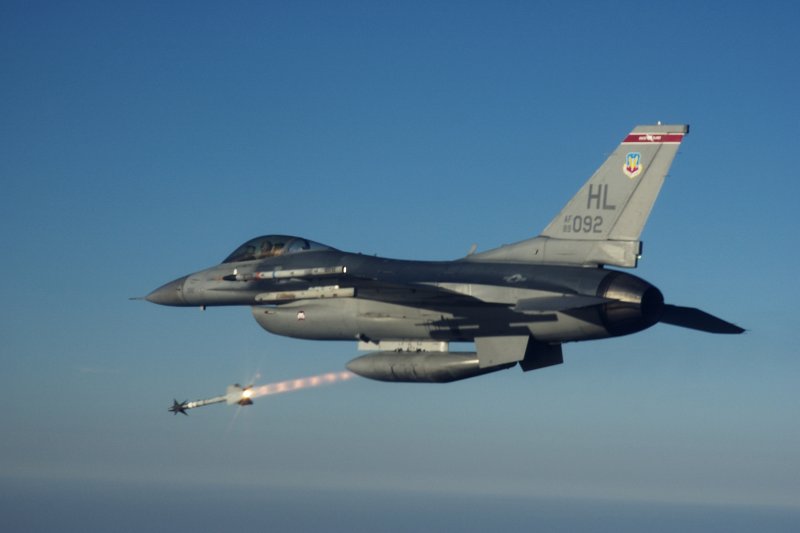Largely unknown and unread, Amy Levy gave a voice to the silenced. Annie Lord reflects on a distant relative who challenged women’s place in society
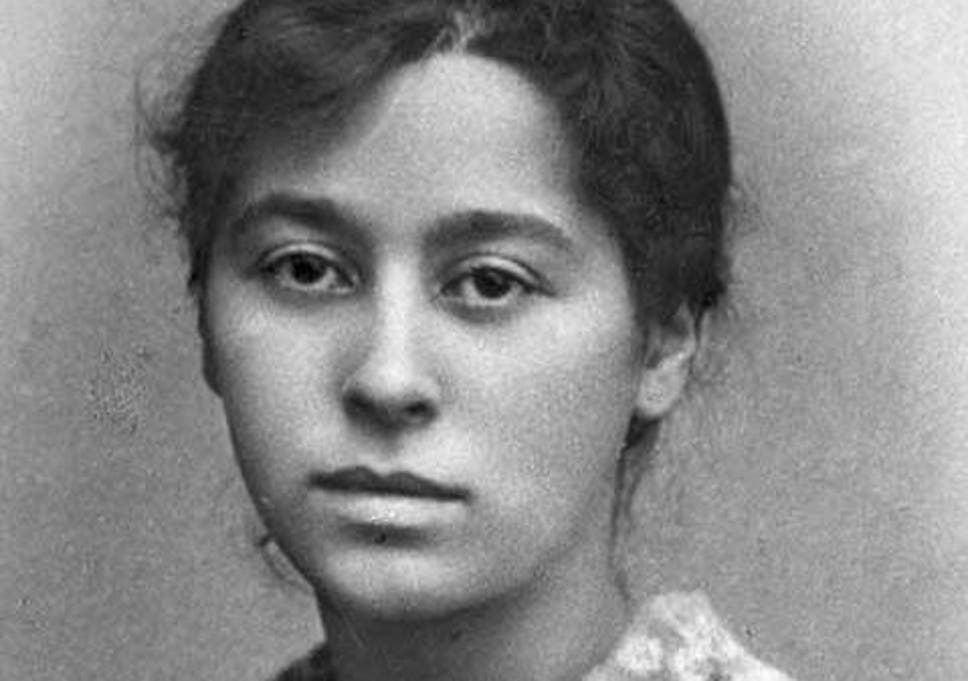
Making waves: Levy’s work influenced modernists such as Virginia Woolf
In a dramatic monologue written by Victorian Jewish poet Amy Levy, a 17-year-old Xantippe sits at the loom. Newly married to Socrates, she is increasingly embittered at the life she is consigned to. “I spun until, methinks, I spun away/ The soul from out of my body, the high thoughts/ From out of my spirit.” She had thought that when she married Socrates, he might let her into his world of ideas. But he never thought her worthy: “I think, if he had stooped a little, and cared/ I might have risen nearer to his height/ And not lain shattered, neither fit for use/ As goodly household vessel, nor for that/ Finer thing which I had hoped to be.”
These lines, from “Xantippe”, were written in 1880 when Levy was just 20 years old. An ancient heroine taught to be nothing but gentle and quiet is a sad enough story on its own. But it is sadder still to know that 2,000 years after Xanthippe, the woman who gave her a voice suffered a patriarchal dismissal of her own. After receiving much criticism for her work, Levy died by suicide aged 27.
I know of Levy’s existence by chance. One day, at a rest stop on the M62, my granny brought out a copy of her completed works and told me I was very distantly related to her. I remember the car sickness more than I remember the story, but as I got older, I wanted to learn more about the woman with the dense fluffy eyebrows who sits unsmiling and straight-backed on the cover. Reading Levy all these years later – though I don’t believe in ghosts – I thank her for battling to write and to escape marriage. It is thanks to women like her that I get to live in a world where I can do the former, with almost no pressure to do the latter.
Born in London to a middle-class family, Levy was the first Jewish woman to attend Newham College in Cambridge. There she suffered an onslaught of antisemitism and sexism. It got so bad, in fact, that she felt compelled to leave. But she eventually found her people, attending the British Library reading rooms where she cultivated friendships with members of London’s intelligentsia, including Olive Schreiner, Clementina Black and Eleanor Marx.
In her short life, she published three novels and three books of poetry, many of which are still difficult to find in print. Though her writing influenced modernists such as William Butler Yeats and Virginia Woolf, it is only now that Levy is beginning to gain the recognition she deserves. Current critics describe how her work formed part of the “new woman movement” – a precursor to feminism which considered women’s presence in the public sphere. In Levy’s obituary, Oscar Wilde commended the presence of “sincerity, directness, and melancholy” in her work. Of her second novel, Reuben Sachs, he said, “Its uncompromising truths, its depth of feeling, and, above all, its absence of any single superfluous word, make it, in some sort, a classic.” He continued: “To write thus at six-and-twenty is given to very few.”
Not everyone was a fan. The comical, overblown portrayal of many of the Jewish characters in Reuben Sachs led to virulent attacks on Levy from the London Jewish community, who accused her of a spineless attack on her own. This and her ingratiation in radical and feminist organisations such as the Men and Women’s Club meant Levy was often subject to criticisms from all sides. Politically controversial, Levy was largely unknown and unread.
Being a woman in the Victorian era meant being oppressed. In workhouses those who “gossiped” were forced to wear scold’s bridles, iron muzzles which held down the tongue in order to render the wearer mute. Women who read too much or masturbated were deemed “crazy” and risked being chained up in Victorian “insane asylums”. In “Xantippe”, Levy spoke of the “lesson of dumb patience” women were forced to learn, and she continues this critique of women’s role in society through much of her work. In “A Ballad of Religion and Marriage”, Levy described marriage unceremoniously as the “domestic round of boiled and roast” and Christianity’s Father, Son and Holy Ghost sarcastically as “Pale and Defeated, rise and go”.
Another poem, “Magdelen”, is narrated by a “fallen” woman who is dying in a religious penitentiary where she was sent to redeem her former sins. Either a sex worker or a woman who had sex outside of marriage, she laments how strange it is that the lover she left behind is able to hurt her when she cared for him so much. Here, Levy writes of the “bare, blank” sunless rooms, “the parcelled hours; the pallet hard”, the “dreary faces here within” and a number of other punishments levelled against a woman whose only crime was love.
Often taking on a male voice in her writing, Levy addressed many of her poems to women lovers she had. In “Sinfonia Eroica”, a concert musician observes a woman called Sylvia in the audience: “Then back you lean’d your head, and I could note/ The upward outline of your perfect throat.” In a later poem “To Vernon Lee” – the pen name of Violet Paget, an author and scholar who travelled with Levy and who many believe to have been her romantic partner – two people exchange flowers and glances at each other’s bodies. “A snowy blackthorn flowered beyond my reach/ You broke a branch and gave it to me there/ I found for you a scarlet blossom rare.”
Much of Levy’s love went unrequited. Often in her writing, this draws her towards thoughts of death. “To live – it is my doom – / Lonely as in a tomb,” she writes in “Religion”. Seen through her eyes, the world is grey and tainted, a place of unimaginable pain not worth enduring. “The dust in his throat, the worm in his eyes” begins an “Epitaph on a common person who died in bed”. She seems to think he’s better off in the ground: “He will never stretch out his hands in vain/ Groping and groping – never again. Never ask for bread and get a stone instead.”
At age 26, Levy wrote her second novel, Reuben Sachs, a Jane Austen-style romance between the aspiring young lawyer Reuben and his poor cousin Judith. In a particularly telling moment, Reuben’s mother and sister sit “in the growing dusk, amid the plush ottomans, stamped velvet tables, and other Philistine splendours” of their drawing room. He enters the house and asks, “Why do women always invariably sit in the dark?” There’s a dual meaning at play in his words. You hope the gutsy, spirited protagonist Judith might find the light, but she places her happiness in the hands of patriarchal society. Soon after marrying her rich but dull suitor Bertie Harrison-Lee, Judith realises her mistake. It’s already too late. “There is nothing more terrible, more tragic,” writes Levy, ”than this ignorance of a woman of her own nature, her own possibilities, her own passions.”
Levy’s satirical critique of what she perceived as “materialistic values and preoccupations of the middle-class London Jewish community” – as Meri-Jane Rochelson, associate professor of English at Florida International University, put it – angered many of her critics. “[Levy] apparently delights in the task of persuading the general public that her own kith and kin are the most hideous type of vulgarity,” one reviewer wrote in The Jewish World, in 1889. “She revels in misrepresentations of their customs and the modes of thought.” Shunned by the Jewish community for what they perceived as an attack on their culture, and rejected by high society for her controversial views on the role of women, Levy was pushed out of both where she came from and where she had tried to belong.
No one knows why Levy chose to end her life – whether it was the criticisms levelled against her, the constraints placed on women, her unrequited loves, her worsening deafness, her depression, or a toxic combination of them all. In the ending lines of her “Xantippe”, the now elderly heroine challenges her maids: “Why stand ye so in silence?” she asks, commanding them to open the windows so that she can escape her room’s stale air and drink up the sun: “Throw it wide/ The casement, quick, why tarry? – give me air – O fling it wide I say, and give me light!” I wish the world had given Levy light. We suffer the loss of what more she had to bring.
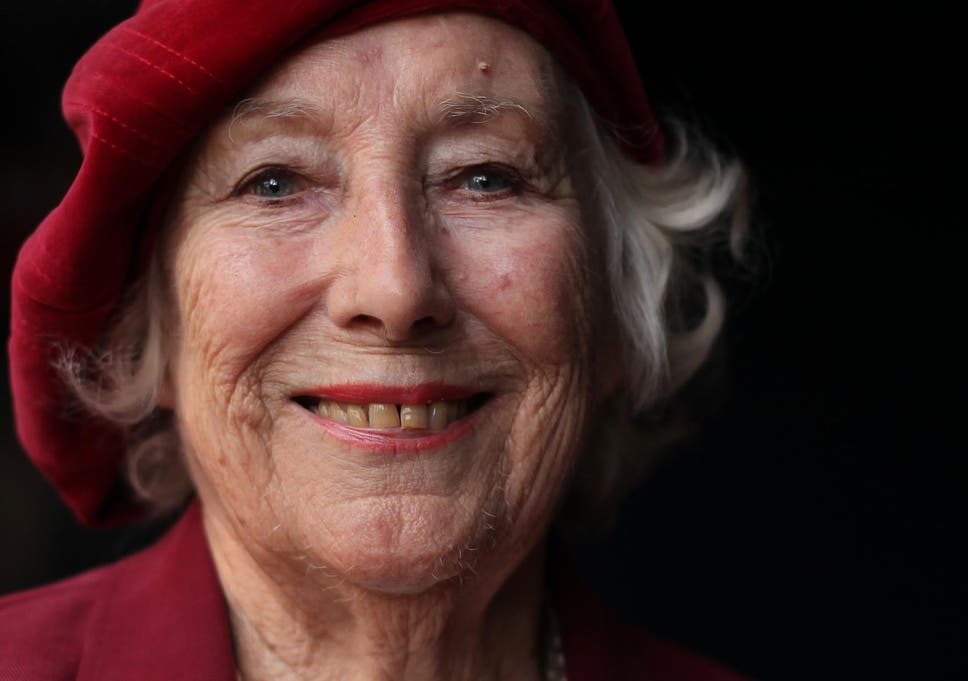
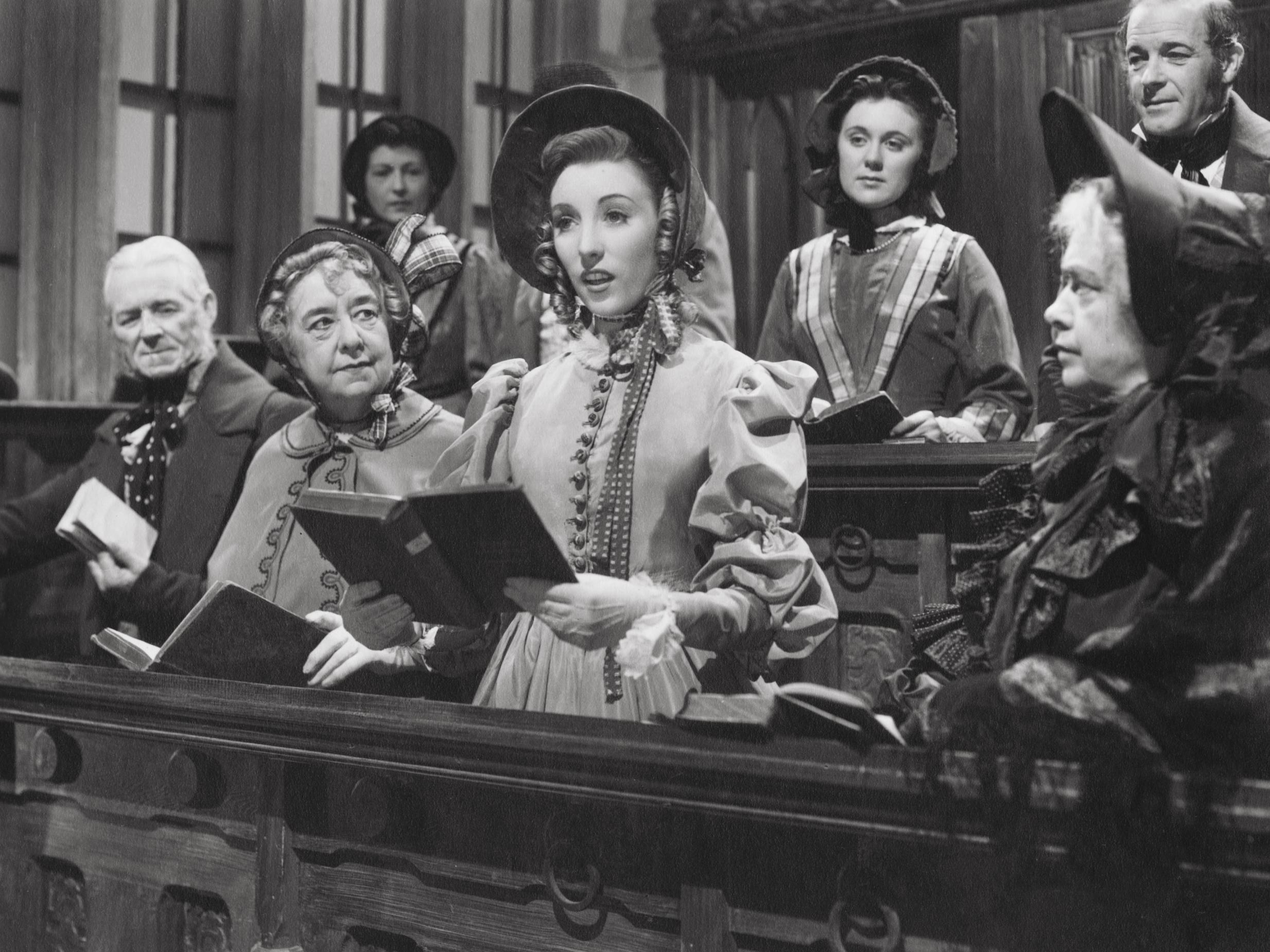
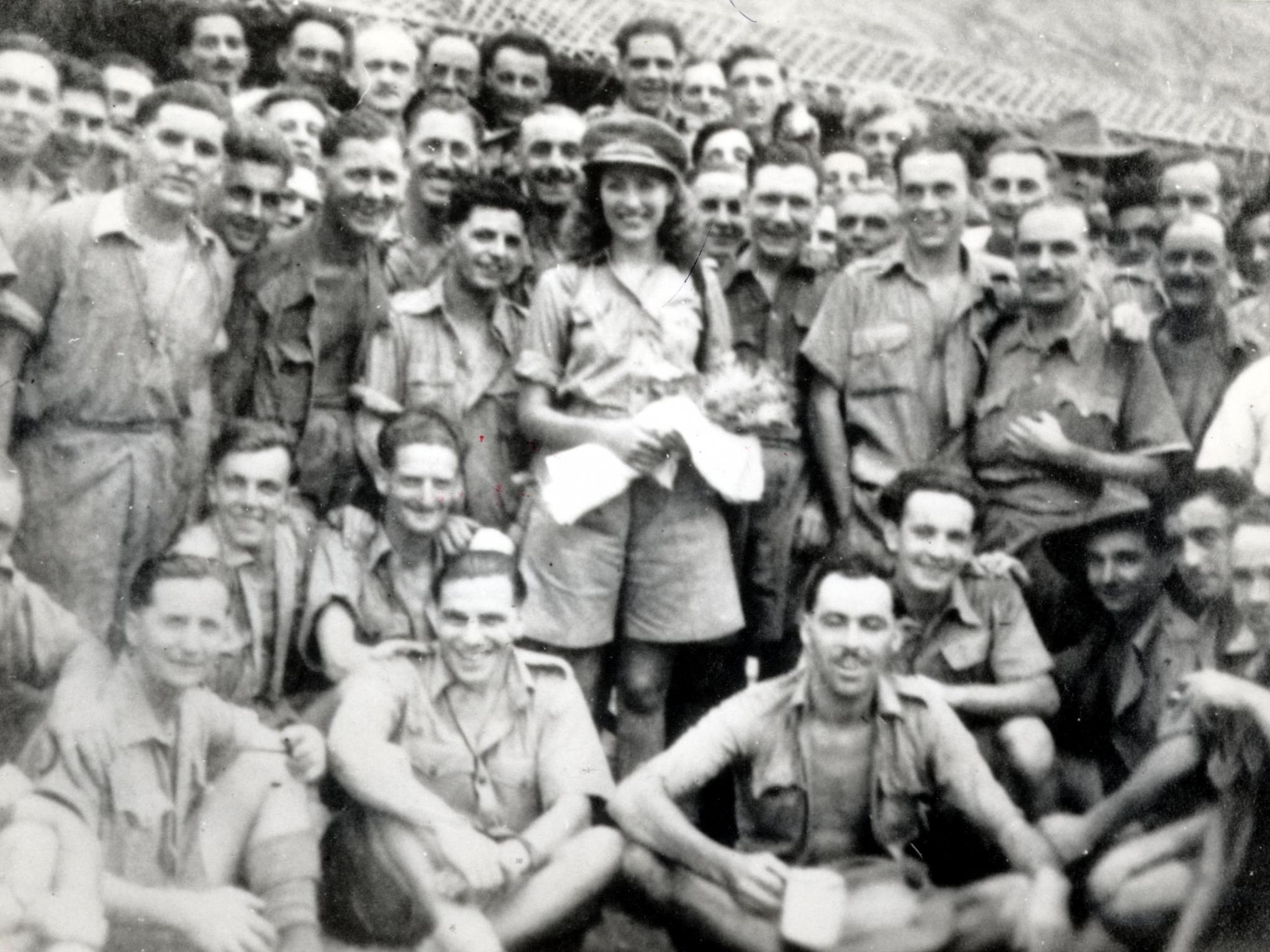
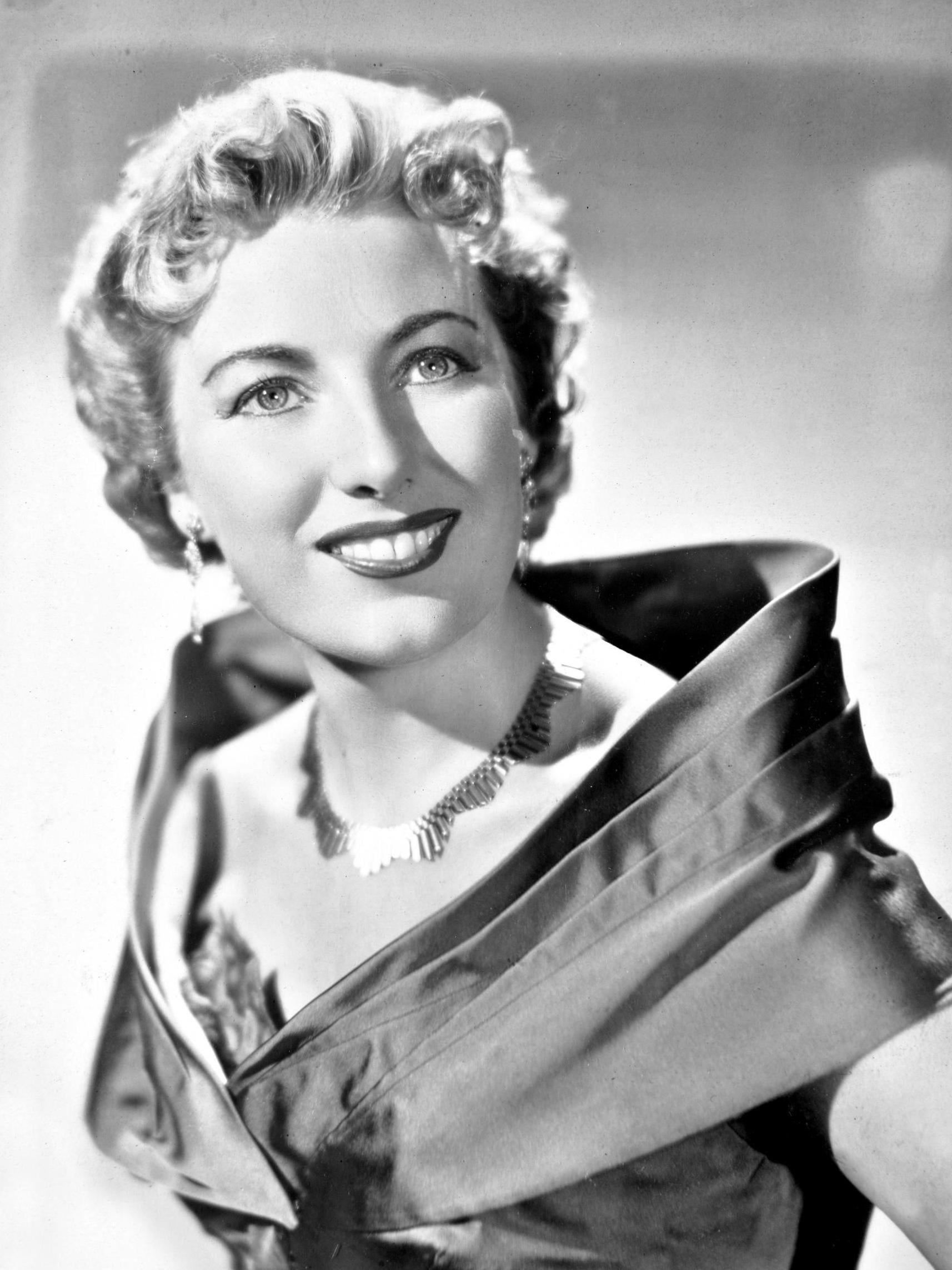
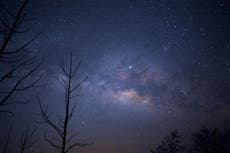
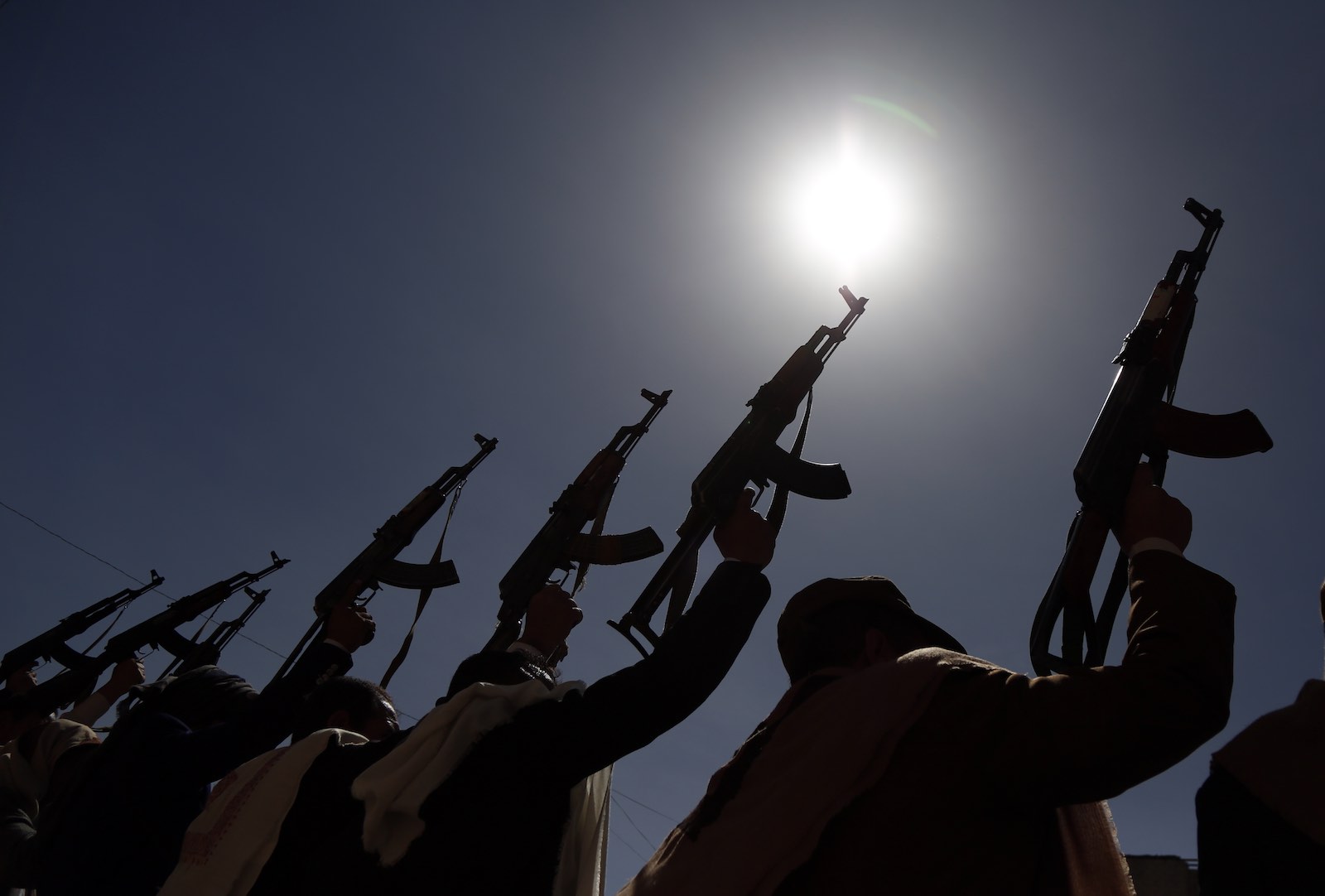
 UN humanitarian chief Mark Lowcock (onscreen) briefs members of the Security Council during a video teleconference on the situation in Yemen, 16 April 2020 (UN Photo)
UN humanitarian chief Mark Lowcock (onscreen) briefs members of the Security Council during a video teleconference on the situation in Yemen, 16 April 2020 (UN Photo)

